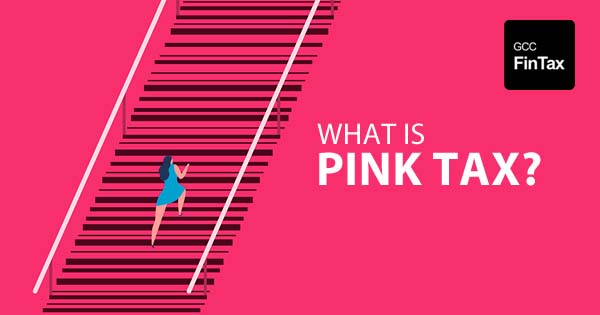
There is a long and vivid history of price discrimination in the business and retail world. But perhaps none of this is a famous and well documented as the “Pink Tax”. Pink tax refers to the tendency of large multinational corporations to significantly price the products targeted towards women as compared to products targeted towards men. The name “Pink Tax” stems from the observation that the vast majority of these products tended to be pink in colour.
The majority of the bias stems from the misconception that women are more likely to spend a greater amount of money while shopping based on emotional preferences without any logical thought process. While this gendered bias is highly incorrect both politically and socially, it doesn’t prevent companies from clinging to this notion and pricing woman-targeted products higher.
Manufacturers and retailers tend to entrench female consumers into this gender normative sales strategy by using shocking pink packing and sweet fruity scents to attract women.
A study by the New York City Department of Consumer Affairs concluded that products targeted towards female consumers are most likely to be 7% higher priced than men targeted products. They also concluded that the pink tax is likely to cost an average woman upwards of $1,300 US per year and impact all aspects of their life, from daily spending to long-term saving. Everything from girl toys to woman’s razors to woman’s jeans is likely to cost 5-10% more than similar men-specific products.
Another side of the pink tax argument takes a rather different turn. Tariffs are taxes that are imposed by the central tax collection agency on the products being imported into the country from outside. As the retailers raise costs of goods by the tariffs being imposed, the cost of the tariff usually falls on the consumer. Some female-specific products are subject to higher taxes than men’s versions, thus raising the cost. This holds in reverse too.
But this logic is true to only some extent. There is no denying the existence or the prevalence of the pink tax and its derivative impact on financial equality.
Disclaimer: Content posted is for informational & knowledge sharing purposes only, and is not intended to be a substitute for professional advice related to tax, finance or accounting. The view/interpretation of the publisher is based on the available Law, guidelines and information. Each reader should take due professional care before you act after reading the contents of that article/post. No warranty whatsoever is made that any of the articles are accurate and is not intended to provide, and should not be relied on for tax or accounting advice.
You can access Law including Guidelines, Cabinet & FTA Decisions, Public Clarifications, Forms, Business Bulletins for all taxes (Vat, Excise, Customs, Corporate Tax, Transfer Pricing) for all GCC Countries in the Law Section of GCC FinTax